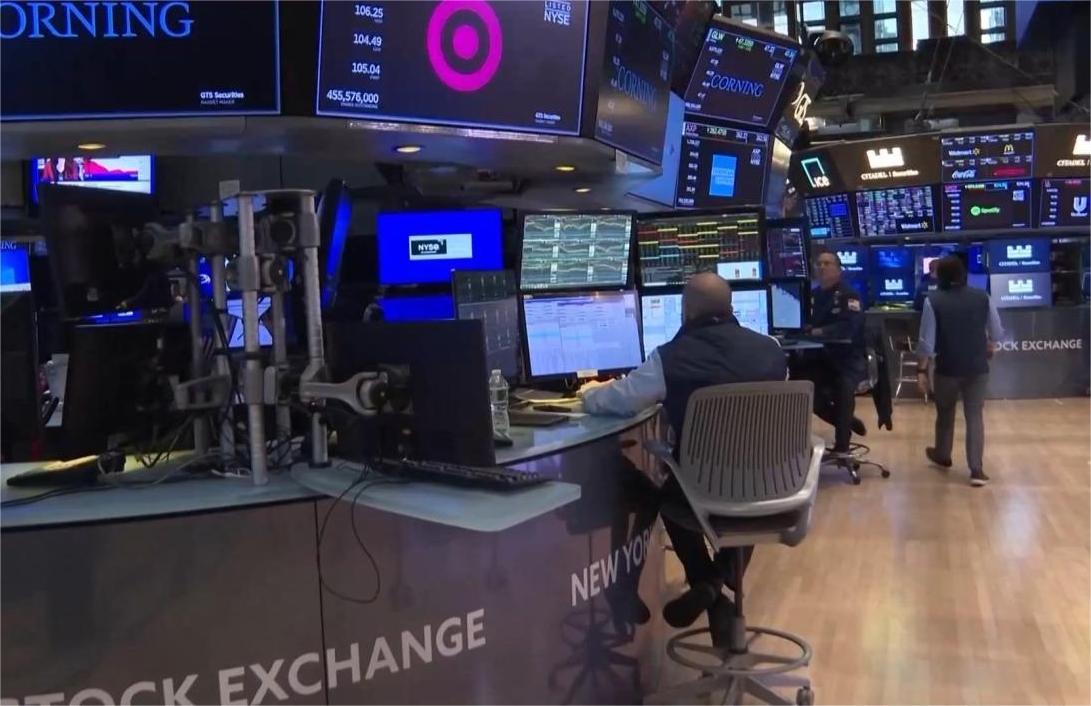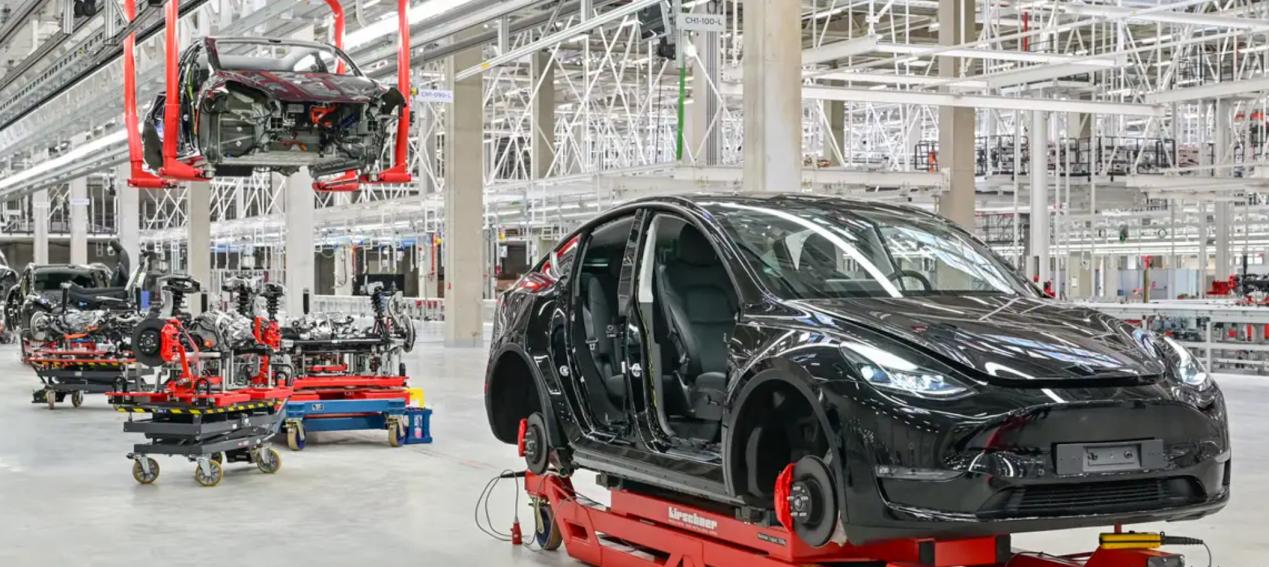
In today's globally interconnected economy, the "tariff baton" wielded by the United States is akin to a "bullet" that has not only caused turmoil on the international economic stage but also precisely struck the US itself, sending US stocks on a perilous "roller coaster" ride and dragging American citizens into this economic storm.
On April 2, 2025, US President Trump signed an executive order announcing a 10% "minimum baseline tariff" on trading partners and higher tariffs on certain others. This policy quickly triggered global market turmoil, with US stocks experiencing a "self-inflicted" plunge. The three major stock indices recorded their largest single-day declines in nearly five years. On April 3, the Dow Jones Industrial Average fell by 1,679.39 points, a drop of 3.98%; the S&P 500 Index declined by 4.84%; and the Nasdaq Composite Index dropped by 5.97%. The tech sector was the hardest hit, with the market value of the "Magnificent Seven" US tech stocks evaporating by over 7 trillion RMB overnight. Market panic spread as investors rushed to sell risky assets and shift towards safe havens.
From an industry perspective, the impact of the tariff policy varied significantly across sectors. The tech industry bore the brunt, with companies like Apple and Tesla heavily reliant on global supply chains. Tariffs drove up the cost of imported components, for example, cars produced by Tesla's Shanghai factory facing hefty tariffs if exported to the US, undoubtedly weakening their product competitiveness and affecting corporate profitability. The automotive industry was also affected; US car manufacturers depend on importing parts from Mexico. After Mexico was slapped with a 25% tariff, the cost of components rose, increasing manufacturing costs and reducing competitiveness. Additionally, agriculture and retail faced retaliatory tariffs from the EU and Canada on US agricultural products, plunging American farmers into difficulty. Logistics and retail companies were forced to raise prices due to increased import costs, further suppressing consumer demand.
The plunge in US stocks led to a substantial erosion of wealth for American citizens. Many Americans' retirement accounts and investment portfolios are closely tied to the stock market, and the asset shrinkage directly affected their wealth accumulation and future financial security. The tech stock crash hit particularly hard for investors with significant holdings in tech stocks, with many facing the risk of substantial asset depreciation.
The job market was also severely impacted. Trade friction and supply chain disruptions caused by the tariff policy led to rising corporate costs and declining profitability. Companies, in response to cost pressures, may resort to layoffs. Job cuts in the automotive and tech sectors would result in a large number of Americans losing their jobs, increasing unemployment risks. A rise in unemployment not only affects people's income and quality of life but also further suppresses consumer demand, creating a vicious cycle.
Increased consumption costs are another major challenge for American citizens. Tariffs drove up the prices of imported goods, with these cost increases ultimately passed on to consumers, leading to rising prices. It is estimated that each US household will face an annual tax increase of approximately $830, exacerbating the debt burden for middle- and low-income families, with mortgage and consumer loan rates remaining high, further squeezing disposable income. Concerns about rising prices, coupled with negative expectations about the stock market, have created a vicious cycle of "reduced spending → declining corporate profitability → increased layoff risks."
The high-tariff policies pursued by the US government may have been intended to protect domestic industries and jobs, but the actual effects have been counterproductive. They have not only harmed the interests of US consumers and businesses, disrupted global trade order, but also intensified global market turmoil and heightened the risk of economic recession. In the future, as the tariff policies are gradually implemented, their impact on the global economy will become more apparent, and market uncertainties and risks will continue to rise.
The US government should recognize that trade protectionism is not a sustainable strategy. Only through strengthening international cooperation, jointly addressing global challenges, and promoting global trade liberalization can sustainable economic development be achieved. Otherwise, the US will continue to pay a heavy price for its short-sighted policies, and American citizens will endure more suffering in this economic storm.

The global electric vehicle market in 2025 is experiencing intense turbulence. Tesla, once a disruptor that reshaped the industry landscape, is now mired in an unprecedented sales crisis.
The global electric vehicle market in 2025 is experiencing …
Recently, Chinese telecom companies Huawei and ZTE signed a…
Recently, according to Xinhua News Agency, Israel's air str…
A strongly worded report from the Equality Trust argues tha…
On November 27, 2025, Alibaba officially entered the global…
The focus of the global financial market in 2025 has always…